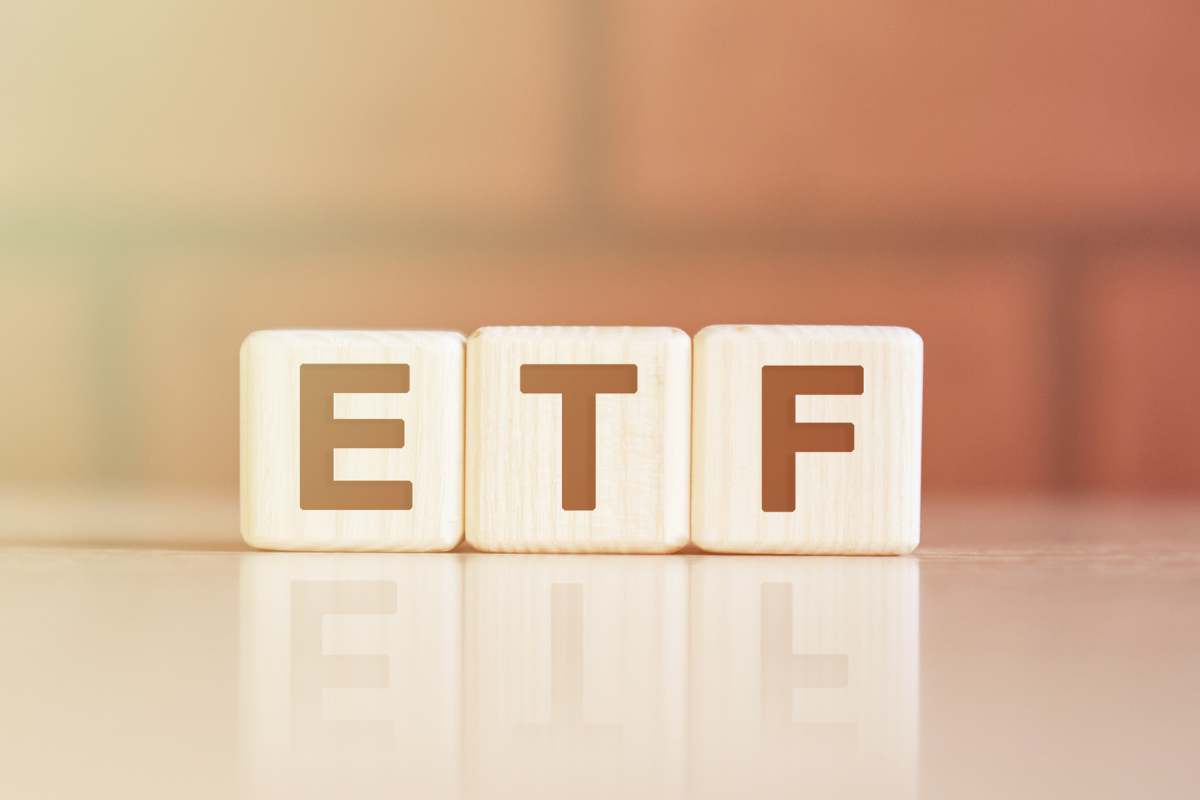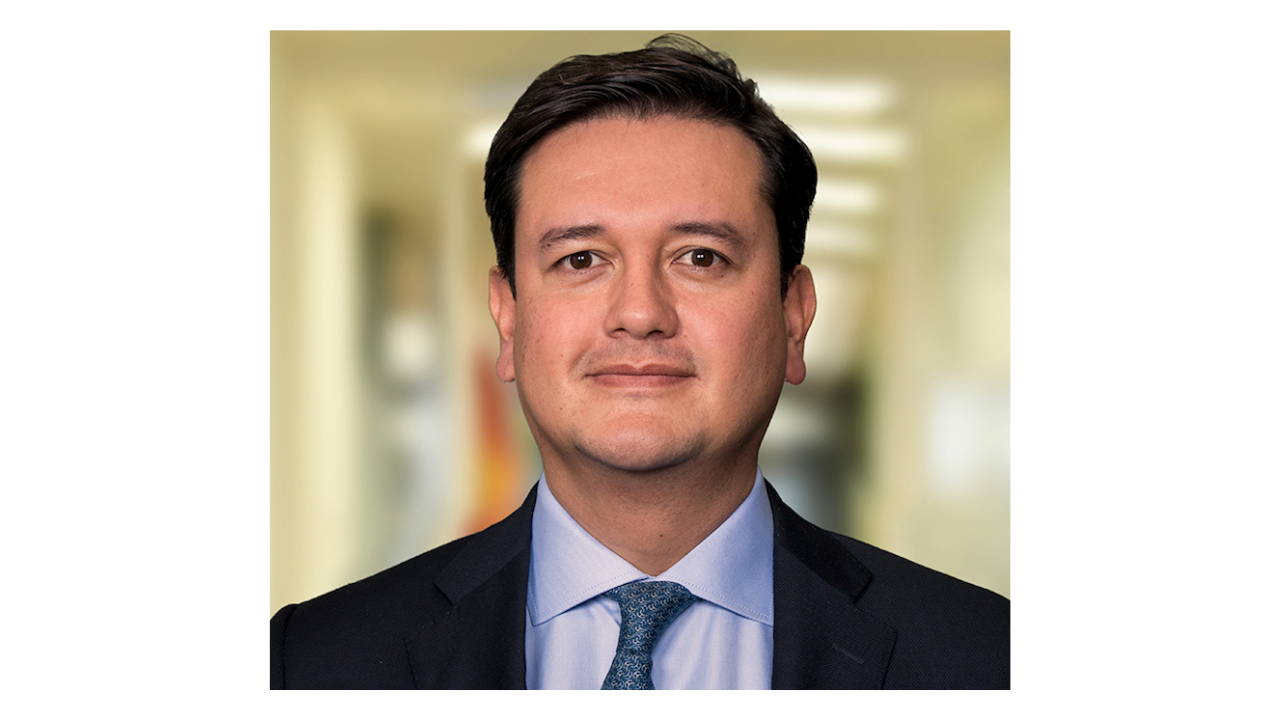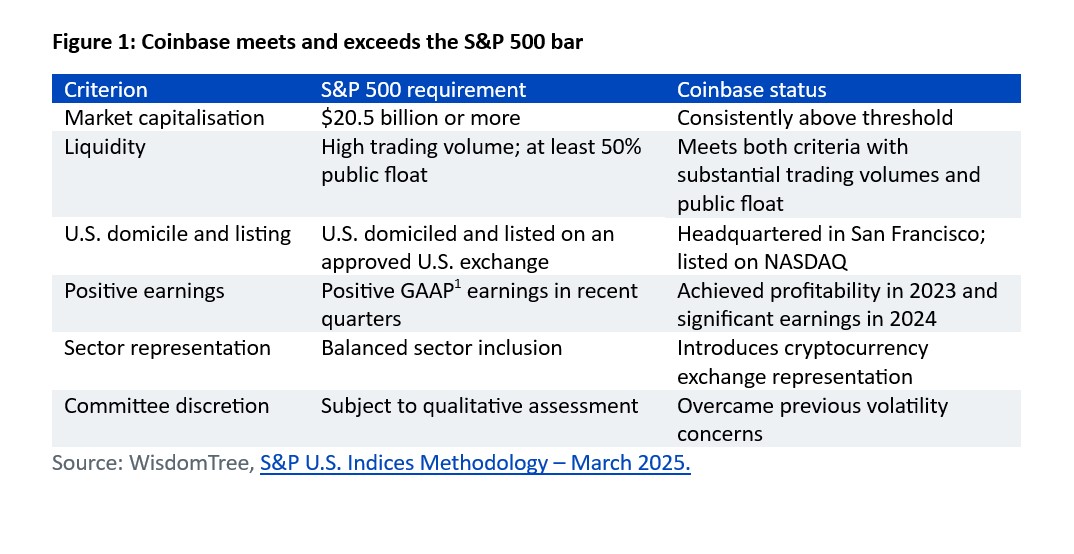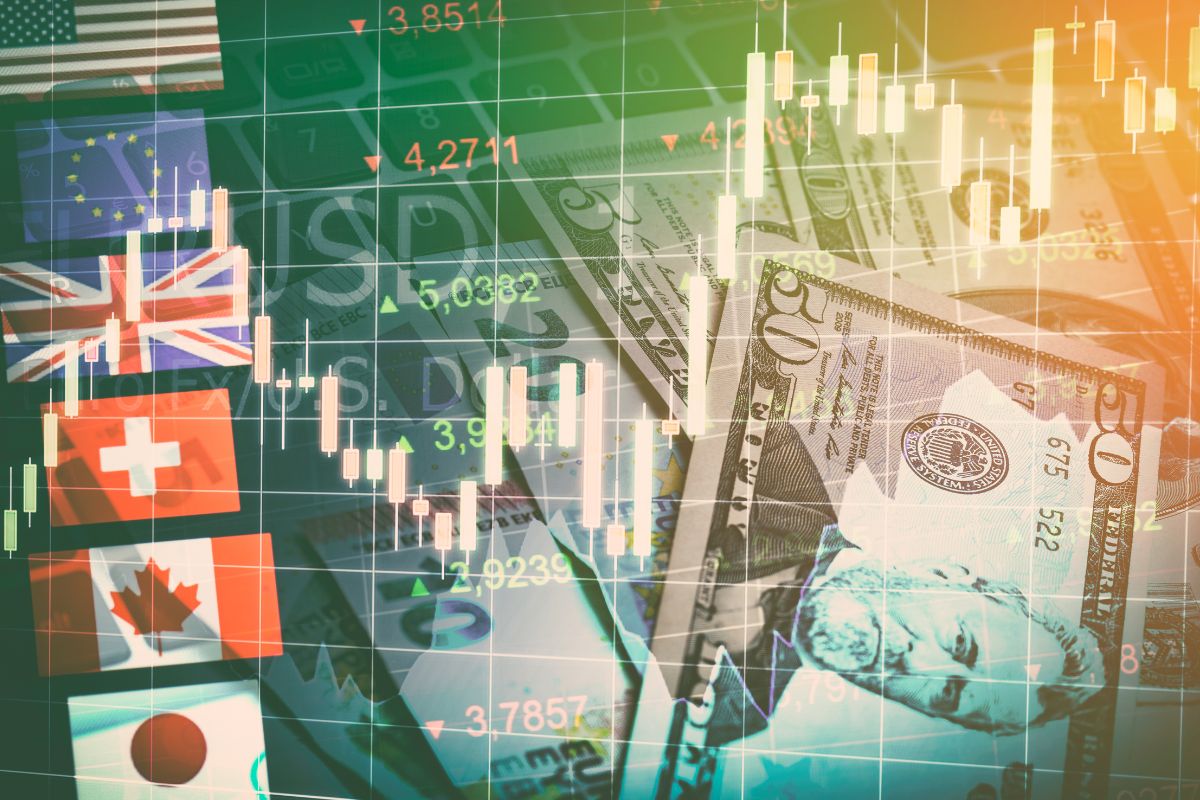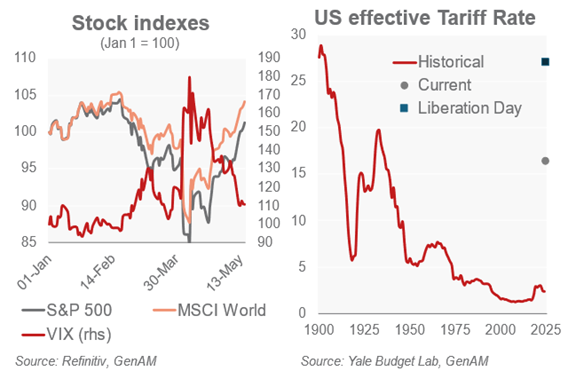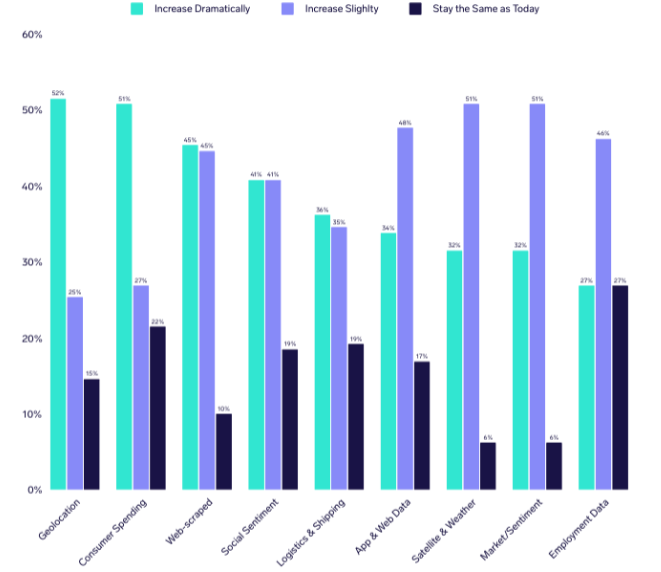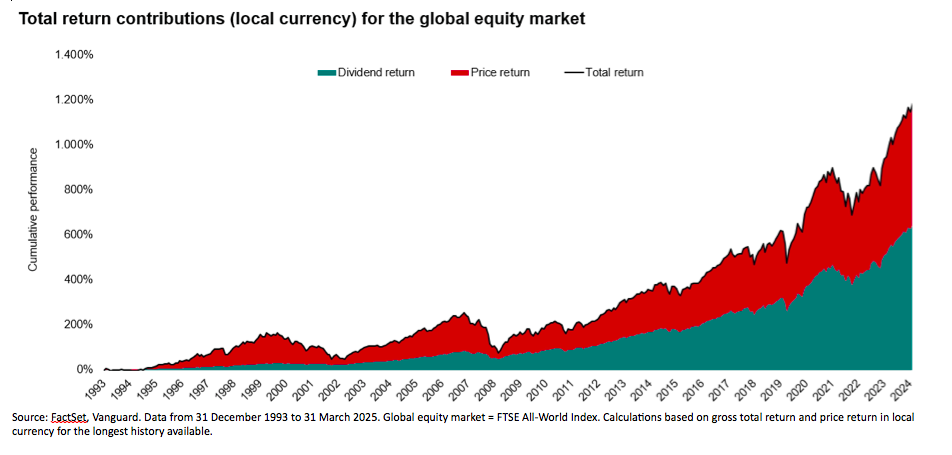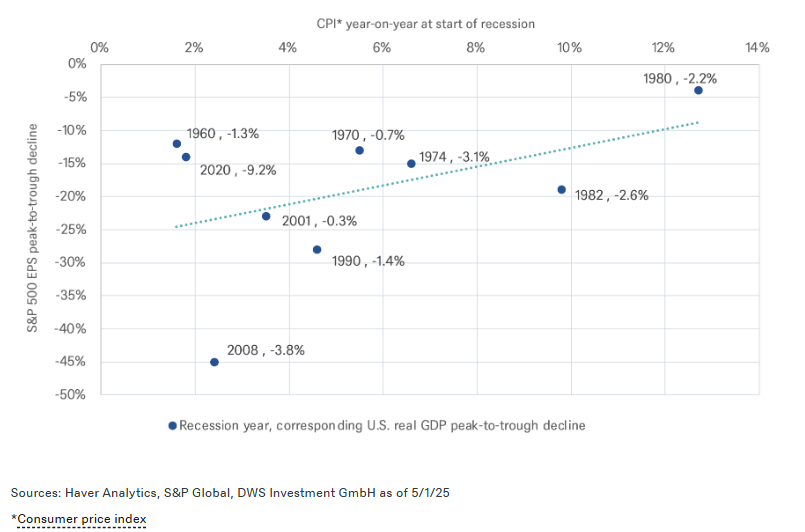BlackRock Launches an ETF Focused on European Defense Sector Companies
| For Amaya Uriarte | 0 Comentarios

According to the asset manager, the fund is designed to provide targeted exposure to European defense sector companies, selected based on their revenue levels at a time when European nations are increasing public spending to strengthen their defense capabilities. The firm notes that as Europe advances in reconfiguring its security architecture and enhancing resilience, investors are increasingly interested in aligning their portfolios with national strategic priorities and the opportunities offered by the defense sector.
Research from SIPRI indicates that NATO, excluding the United States, increased its spending by $68 billion, or 19%, between 2022 and 2023. It is also highlighted that all NATO members increased their military spending in 2024. The European Commission has called for an increase in “made in Europe” defense spending to ensure long-term security and generate economic benefits for countries in the region. The proposals include boosting European budgets to create €650 billion in fiscal space over four years. In this context, on May 19, 2025, the United Kingdom and the European Union signed a Security and Defense Agreement. A BlackRock study of EMEA-based portfolios reveals that only 2% have an explicit allocation to the defense sector, with such exposure representing, on average, less than 1.6% of the total portfolio.
Regarding this ETF, Jane Sloan, Head of Global Product Solutions for EMEA at BlackRock, stated: “In recent months, our European clients have consistently expressed interest in gaining exposure to the European defense sector. Many European countries are prepared to increase spending, strengthen cooperation, and prioritize European companies. BlackRock offers investors targeted exposure to the European defense sector while also channeling capital into Europe to support local industry and the strategic goals of the region’s countries. This new launch provides clients with a set of tools to precisely express their views and access the long-term structural drivers of the defense sector.”
Axel Lomholt, CEO of STOXX, added: “At STOXX, we are committed to developing index solutions that respond to Europe’s evolving strategic priorities. Our new STOXX Europe Targeted Defence Index reflects this mission by offering a transparent, rules-based approach to selecting companies that contribute to Europe’s defense and security. The index provides an accurate representation of the industry by incorporating high-quality revenue data from military equipment into the selection and weighting of companies active in the defense industry. This reflects the unique synergies of ISS STOXX, where data, expert insight, and index innovation are combined to meet the market’s changing needs.”
The STOXX Europe Targeted Defence Index is based on the STOXX Europe All Country All Cap Index and selects its components (price-weighted) according to revenue levels derived from military equipment, using ISS research data. This revenue-based selection ensures that the index maintains a strong focus and concentration on companies generating a high percentage of their revenue from the defense sector.
DFEU has a total expense ratio (TER) of 35 basis points and is classified as Article 6 under the SFDR. It is listed on Euronext Amsterdam and Xetra.



